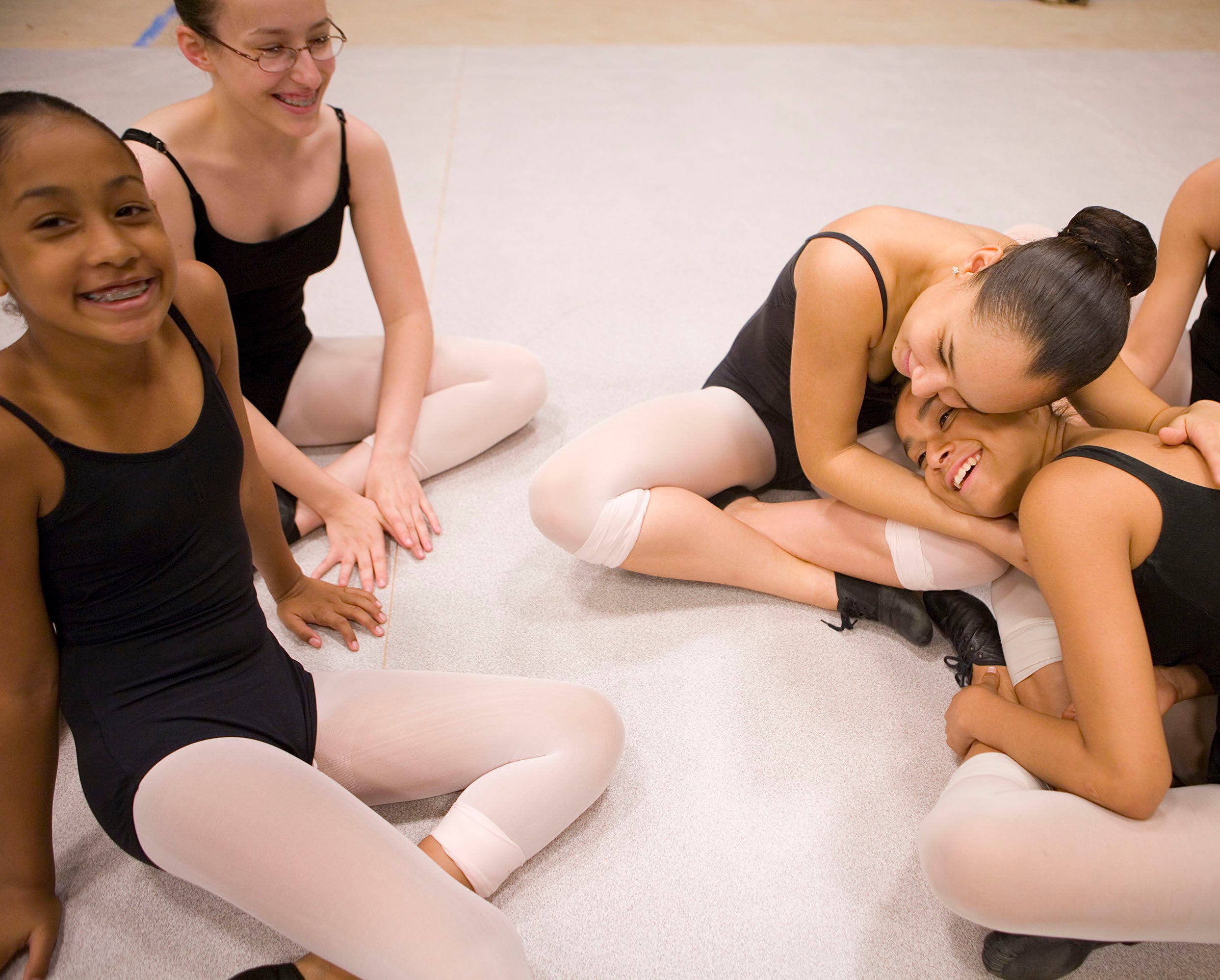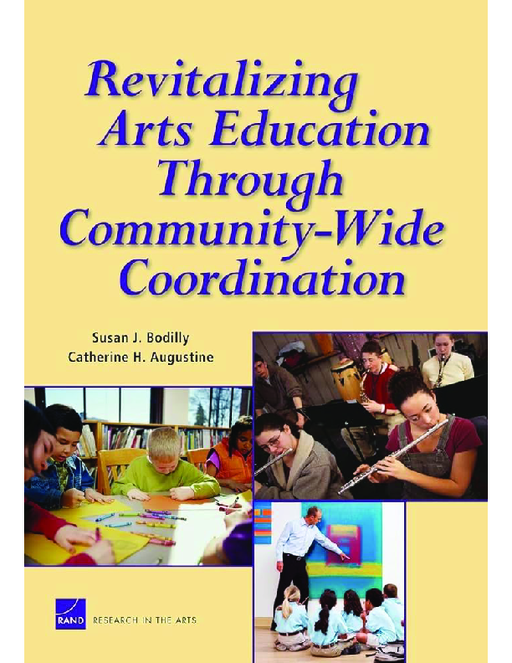Breadcrumb
- Wallace
- Reports
- Revitalizing Arts Education Thro...
Revitalizing Arts Education Through Community-Wide Coordination

- Author(s)
- Susan J. Bodilly, Catherine H. Augustine, and Laura Zakaras
- Publisher(s)
- RAND Corporation
- DOI Link
- https://doi.org/10.7249/MG702
Summary
How we did this
Researchers reviewed the relevant literature and conducted extended interviews with nationally recognized experts on arts education. They selected six sites active in local arts education networks to perform a comparative case-study analysis based on site visits, a document review, and interviews with about 120 participants across the six sites.
This report studies six cities that took a community-wide, collaborative approach to arts education. The idea was to support municipalities experimenting with new ways to run arts programs as budgets tightened across schools. These efforts could help increase access to and the quality of arts learning, particularly for students from low-income communities.
The cities that participated in the Wallace-funded imitative were Alameda Country, Calif. (which includes Oakland and Berkeley), Boston, Chicago, Dallas, Los Angeles County, and New York City.
Their efforts involved building networks of many constituencies, from city agencies and arts institutions to schools, afterschool programs, and others.
Effective Strategies
Researchers determined that the cities generally used eight strategies to improve arts learning. A few strategies noted (see "Implementation Tips" for the full list):
- Assessing the state of arts education
- Building a compelling case for devoting scarce public or private resources to arts education
- Ensuring that instructors understand the value of arts education and are trained to teach it
In addition, they found that effective approaches shared multiple elements, including:
- Strong leaders. Strong public and private leadership was important.
- Shared goals. Initiatives shared defined objectives and stated outcomes.
- A clear plan. Approaches were backed by data-based plans and benchmarks.
- Consistent communication. That helped to encourage public support.
Variations
The programs also varied from each other, especially with respect to their leadership structures, the organizations involved, and their ultimate goals.
For example, Boston focused on afterschool programs for at-risk youth, including but not limited to arts programs. In Chicago and New York City, the public schools' central offices led their efforts and emphasized grade-appropriate instruction. In Dallas, the community-based organization Big Thought led an effort to provide arts learning opportunities for young people and families in parks, libraries, and other neighborhood facilities.
The report also identifies factors to improve coordination among community partners. These include convening key stakeholders to build support early on, acquiring sustained funding, and most important, ensuring stable, effective leadership.
The researchers conclude that the coordinated efforts they studied were fragile but showed promise in making increased and better arts education available to more city children.

The greatest challenge to the coordinated efforts in the sites was rapid shifts in policy.
Key Takeaways
- To help stem the decades-long decline in arts education across the country's schools, six cities built coordinated networks of local governments, arts institutions, schools, and other organizations, to make high-quality arts learning available to more children.
- Researchers found that effective approaches typically included strong public and private leadership; a set of shared goals and clear outcomes; a feasible plan based on data and progress benchmarks; and clear, consistent communication to develop and sustain public support.
- Some factors that impeded coordination were lack of resources for planning, turnover of key leaders, and policies prioritizing subjects other than the arts.
- The researchers concluded that the cities' coordination efforts were fragile but showed promise in expanding access to and the quality of arts learning opportunities.
Materials & Downloads
What We Don't Know
- Would the findings in these large urban areas apply to smaller cities and rural areas?
- Did the strategies and best practices used by the cities in the case studies lead to greater outcomes in arts learning for students who participated?
- What happened to programs in the cities after researchers stopped collecting data in 2007?

